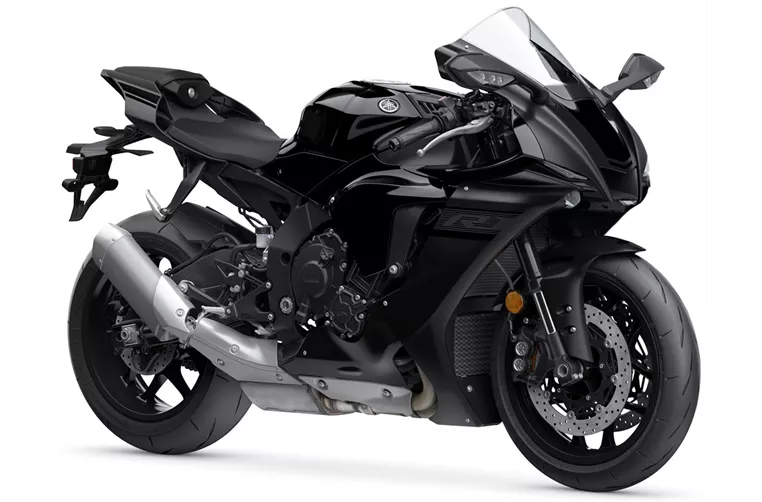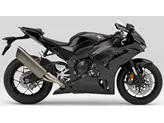Kawasaki Ninja ZX-10R 2016 vs. Yamaha R1 2020

Kawasaki Ninja ZX-10R 2016
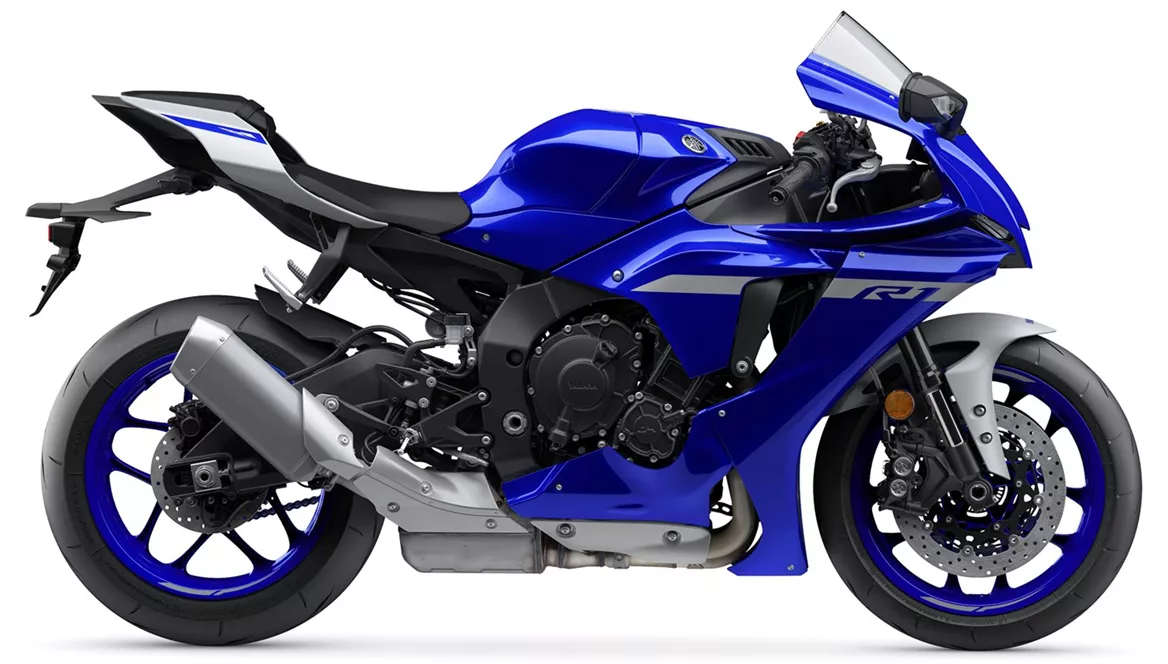
Yamaha R1 2020
Overview - Kawasaki Ninja ZX-10R 2016 vs Yamaha R1 2020
The Kawasaki Ninja ZX-10R 2016 and the Yamaha R1 2020 are both powerful and high-performance supersport motorcycles. While they share many similarities in terms of engine specifications, suspension, brakes, and dimensions, there are also some notable differences between the two models.
Starting with the engine and drive train, both motorcycles have a 998cc four-cylinder engine with a compression ratio of 13. This results in impressive power outputs, with the Kawasaki Ninja ZX-10R producing 200.1 HP and the Yamaha R1 generating 200 HP. The torque figures are also similar, with the Kawasaki Ninja ZX-10R delivering 114.3 Nm and the Yamaha R1 providing 112.4 Nm of torque. Both bikes feature a four-cylinder configuration, ensuring smooth power delivery and high revving capabilities.
In terms of suspension, both the Kawasaki Ninja ZX-10R and the Yamaha R1 feature upside-down telescopic forks at the front, providing excellent stability and control. The chassis of both motorcycles is made of aluminum, offering a lightweight yet rigid structure that enhances handling and maneuverability.

Kawasaki Ninja ZX-10R 2016
When it comes to braking performance, both bikes are equipped with double disk brakes at the front. The Kawasaki Ninja ZX-10R and the Yamaha R1 have the same front tire width of 120 mm and rear tire width of 190 mm, with a diameter of 17 inches. These dimensions contribute to good traction and stability during high-speed riding.
In terms of dimensions and weights, the two motorcycles have similar front tire widths, rear tire widths, and wheelbase lengths. However, there are slight differences in the seat height and overall length. The Kawasaki Ninja ZX-10R has a seat height of 813 mm and a wheelbase of 1415 mm, while the Yamaha R1 has a higher seat height of 855 mm and a slightly shorter wheelbase of 1405 mm. Both bikes have a fuel tank capacity of 17 liters, ensuring sufficient range for long rides.
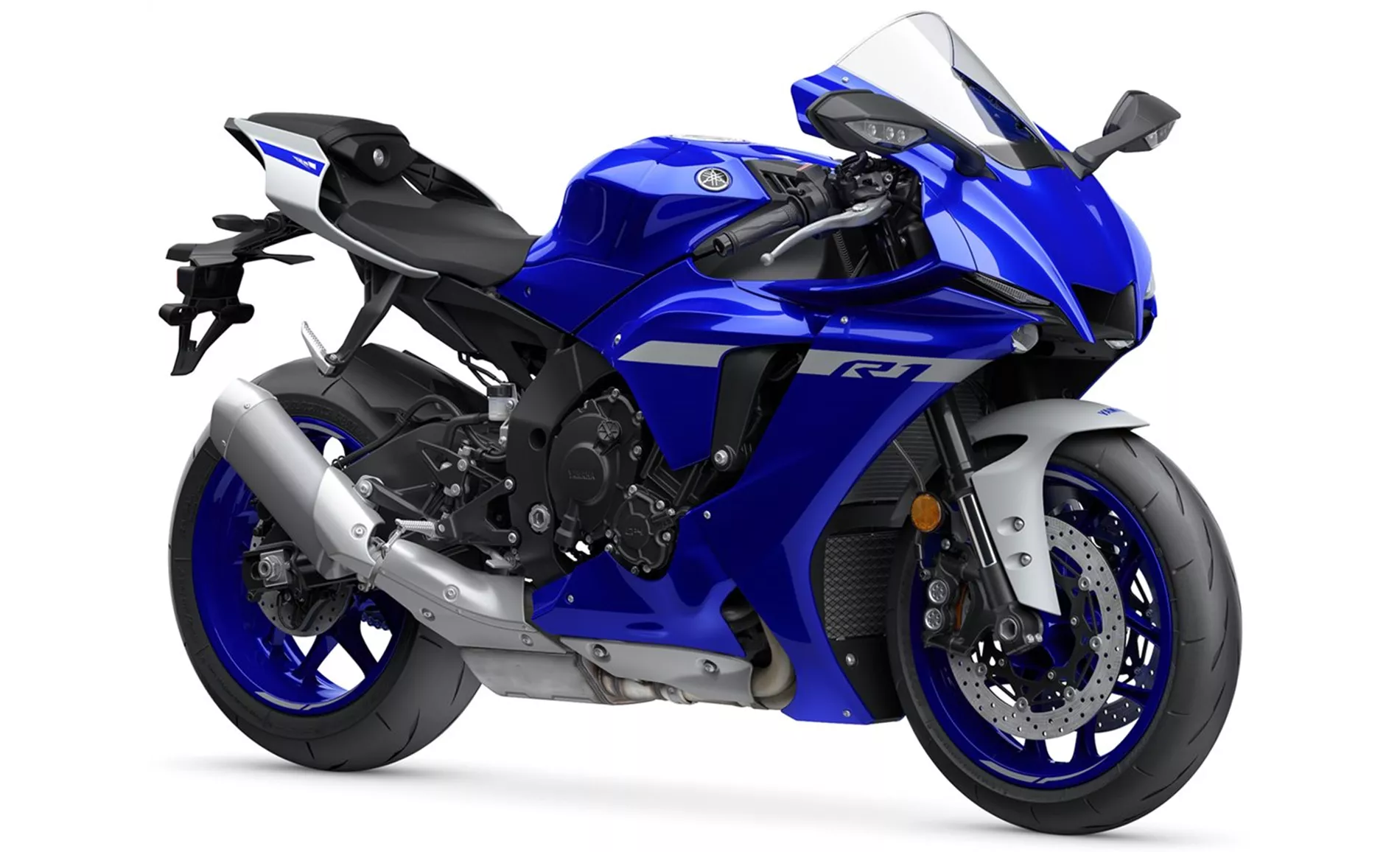
Yamaha R1 2020
Moving on to the strengths of each motorcycle, the Kawasaki Ninja ZX-10R 2016 is praised for its great chassis geometry, high-quality chassis components, very good brakes, and a wide range of electronics on board. On the other hand, the Yamaha R1 2020 is known for its powerful engine, clean response, great sound, stable chassis, high-quality electronics, and a wonderfully noble overall impression.
However, there are also some weaknesses associated with each bike. The Kawasaki Ninja ZX-10R 2016 has a cockpit that is not quite optimal for readability, which may be a minor inconvenience for some riders. On the other hand, the Yamaha R1 2020 has been criticized for its brakes not being 100 percent satisfactory on the race track, suggesting that there may be room for improvement in this area.
In conclusion, both the Kawasaki Ninja ZX-10R 2016 and the Yamaha R1 2020 are impressive supersport motorcycles with powerful engines, advanced electronics, and high-quality components. While they have similar specifications and strengths, there are also some differences in terms of dimensions and weaknesses. Ultimately, the choice between the two models may come down to personal preference and specific riding requirements.
Technical Specifications Kawasaki Ninja ZX-10R 2016 compared to Yamaha R1 2020
Pros and Cons in comparison
Pros and Cons in comparison
Kawasaki Ninja ZX-10R 2016

The ZX-10R Ninja has a certain majesty, at the first rollout it seems very stable, you have to force it into the radius a little. After a few laps, however, this effect is transformed into an incredible precision that allows a pinpoint line. The engine has now really become noticeably stronger and makes the Kawa an enormously good overall package that can please not only die-hard Kawasaki fans. The traction control on the Kawa is particularly positive and regulates very sensitively. You can even adjust the engine brake - so it certainly doesn't lack for electronic features. The ZX-10R is the only superbike that is already Euro4-compliant in 2016!
Yamaha R1 2020
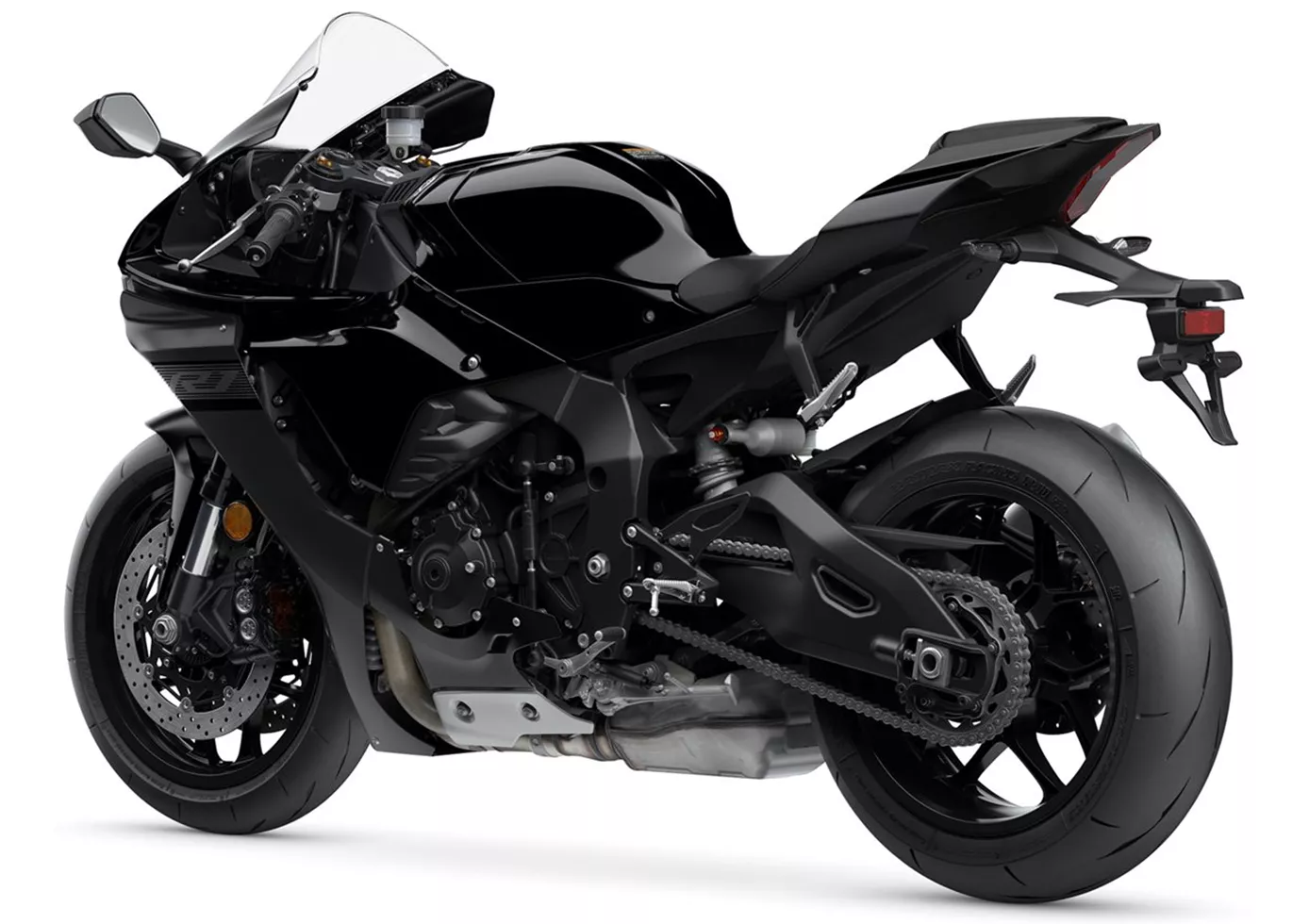
The Yamaha YZF-R1 is mature and makes countless racetrack pilots happy. The engine shines with lightness and agility, the seating position surprises positively and the handling is radical but still "suitable for the masses". The machine immediately stands out visually and also because of the heart-warming sound. Especially on the country road, the bike scores with its well-known strengths: great engine, great electronics, great package! A real pleasure to ride!
Price Comparison Avarage Market Price Kawasaki Ninja ZX-10R vs Yamaha R1
There are a few key differences between a Kawasaki Ninja ZX-10R 2016 and a Yamaha R1 2020. In terms of price, the actual average price of a Yamaha R1 2020 is about 4% higher. A Kawasaki Ninja ZX-10R 2016 experiences a loss of 1,650 USD in one year of ownership. This is offset by a loss of 1,240 USD for a Yamaha R1 2020. Compared to Yamaha R1 2020 there are less Kawasaki Ninja ZX-10R 2016 bikes available on the 1000PS.de Marketplace, specifically 4 compared to 9. It takes less time to sell a Yamaha R1 with 86 days compared to 100 days for the Kawasaki Ninja ZX-10R. Since model year 2005 1000PS.de editors have written 51 reviews for the Kawasaki Ninja ZX-10R and 80 reviews for the Yamaha R1 since model year 2005. The first review for the Kawasaki Ninja ZX-10R was published on 1/11/2004 and now has more than 2,900 views. This compares to more than 3,900 views for the first review on Yamaha R1 published on 4/28/2003.

